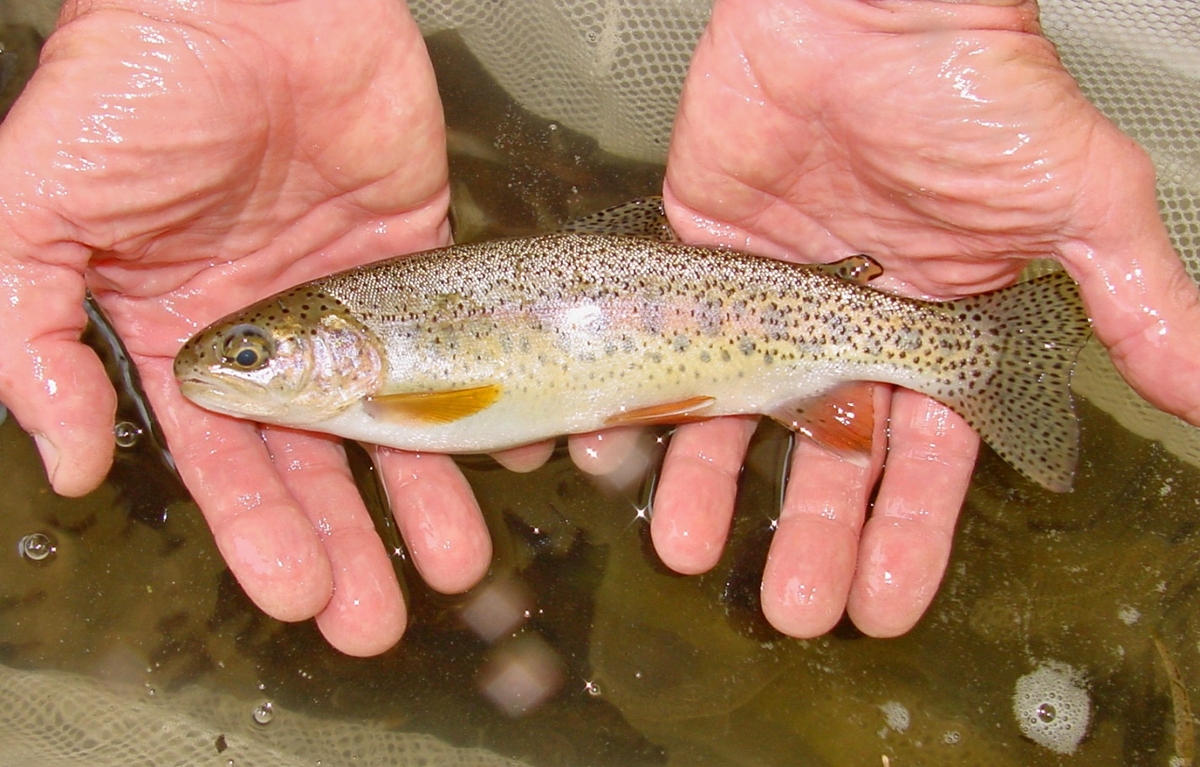Disease-Resistant Baby Rainbow Trout Produced in Iran

“Production of resistant trout based on technical and sanitary principles, in addition to meeting the needs of the country, can prevent the import of trout eggs,” said Ahmad Erfan Manesh, the manager of the project to produce resistant baby rainbow trout.
Noting that based on the available figures, the survival rate of trout imported to Iran is 47%, he said, “The number has increased to 70% by implementing this project and fighting diseases like streptococcosis, lactococcosis and yersiniosis with the help of vaccines.”
“In this project, we diagnosed the baby fish’s diseases in different ages and provided a special program for each age group, controlled the health of the place where the fish live, supplied proper nutrition, strengthened their immune system and recommended specialized workshops to improve the conditions of each farm,” Erfan Manesh said.
Earlier this year, the Islamic Azad University’s science and research unit had also produced four new dietary supplements for improving the health and growth of fish.
The fisheries, natural resources, and environment department of the Islamic Azad University (IAU) produced the supplements for rainbow trout and Siberian sturgeon.
Evonik Industries which is one of the largest specialty chemicals companies in the world, and IAU’s research center for agriculture and natural resources development cooperated in producing the supplements.
Results of the research showed the effects of several herbal products on the growth, improvement of antioxidant capacity, and immune system of fish.
The results also showed that the use of such ingredients in the diet can reduce the length of the breeding period of fish by more than 50 percent and the risk of their mortality in the face of some pathogenic agents by about 70 percent.
4155/v
























